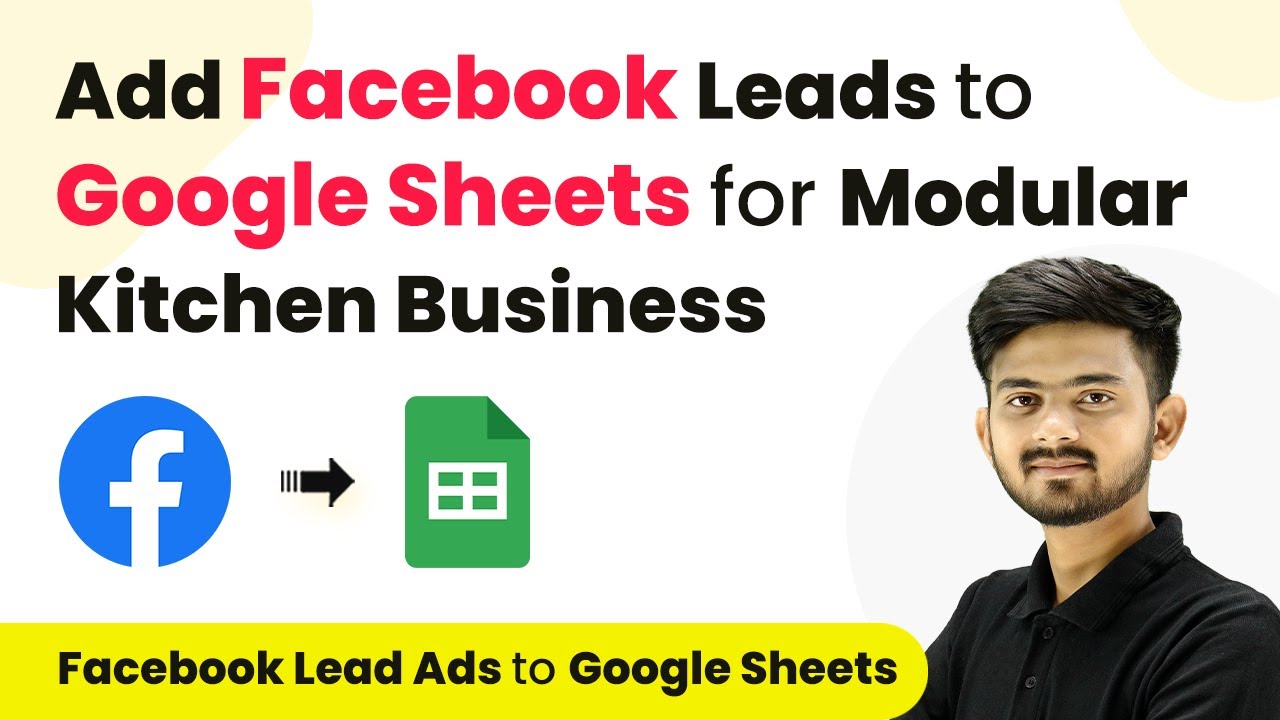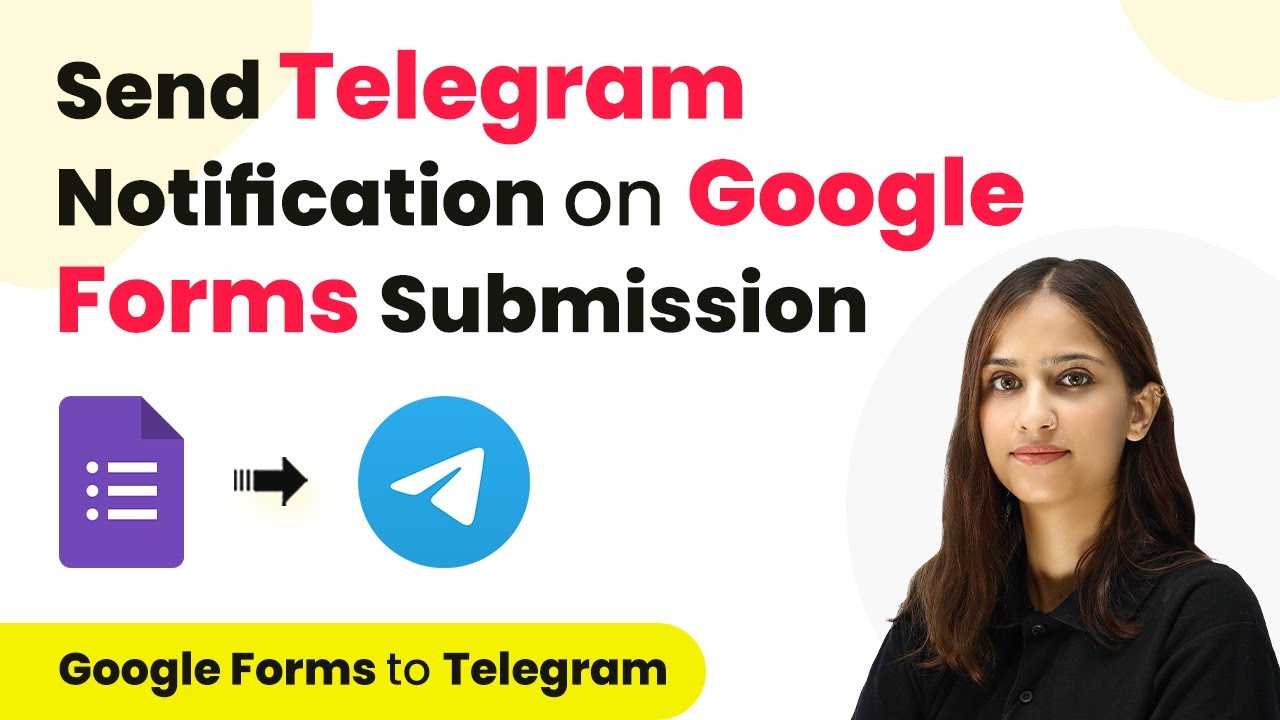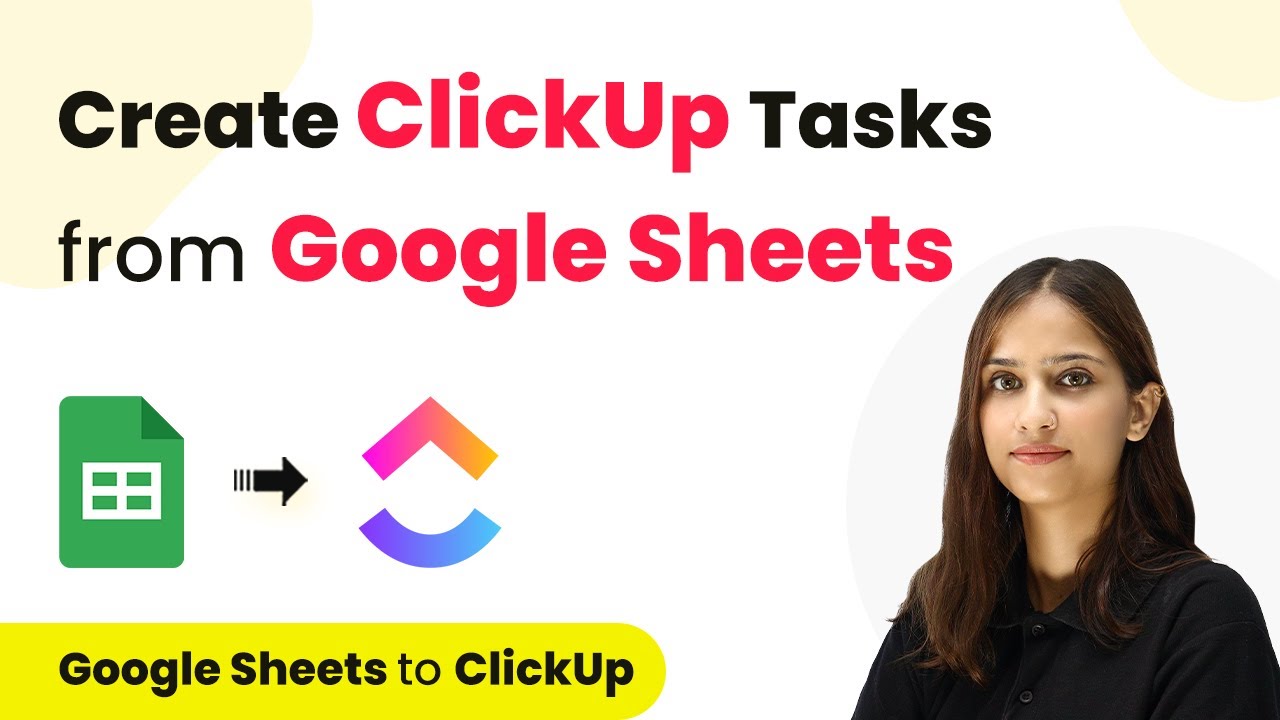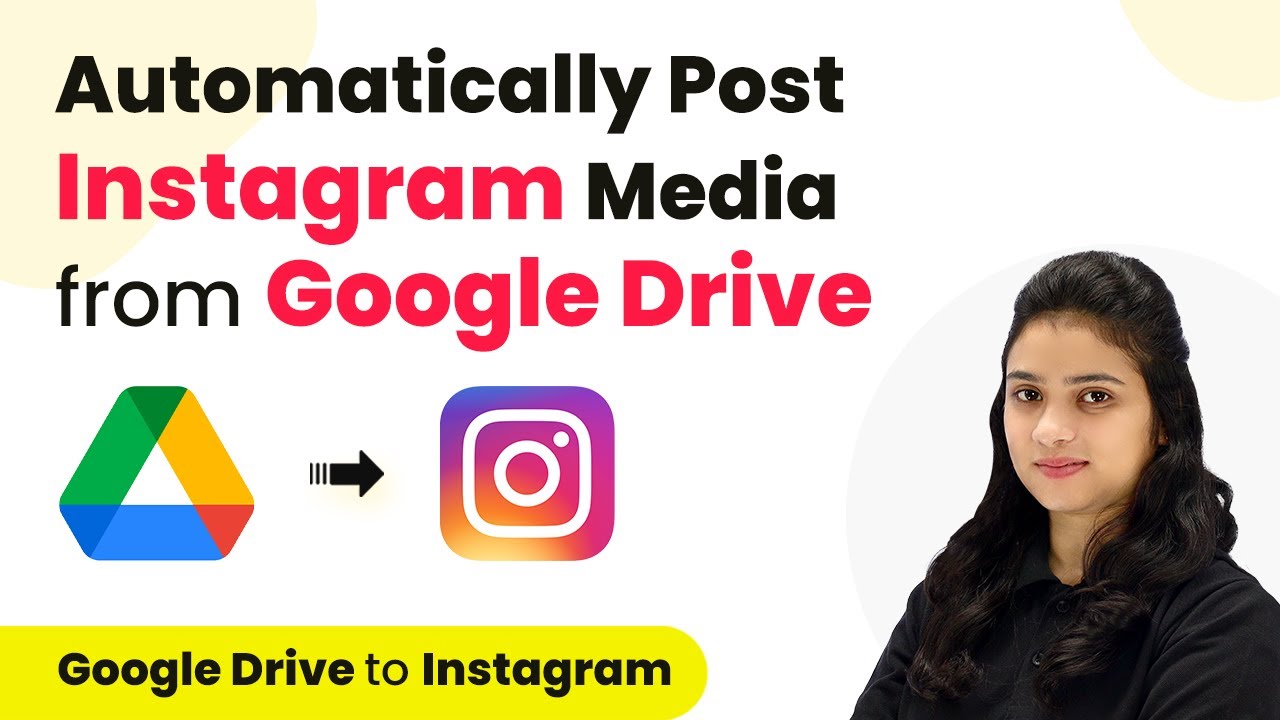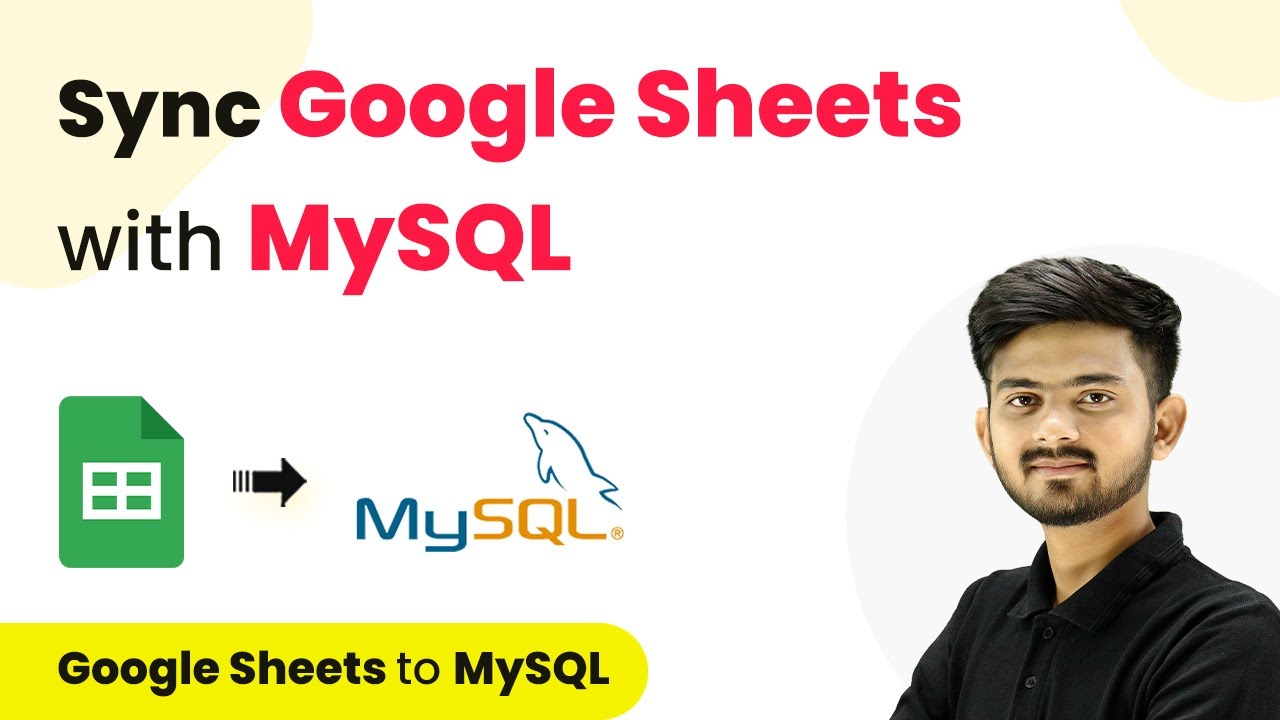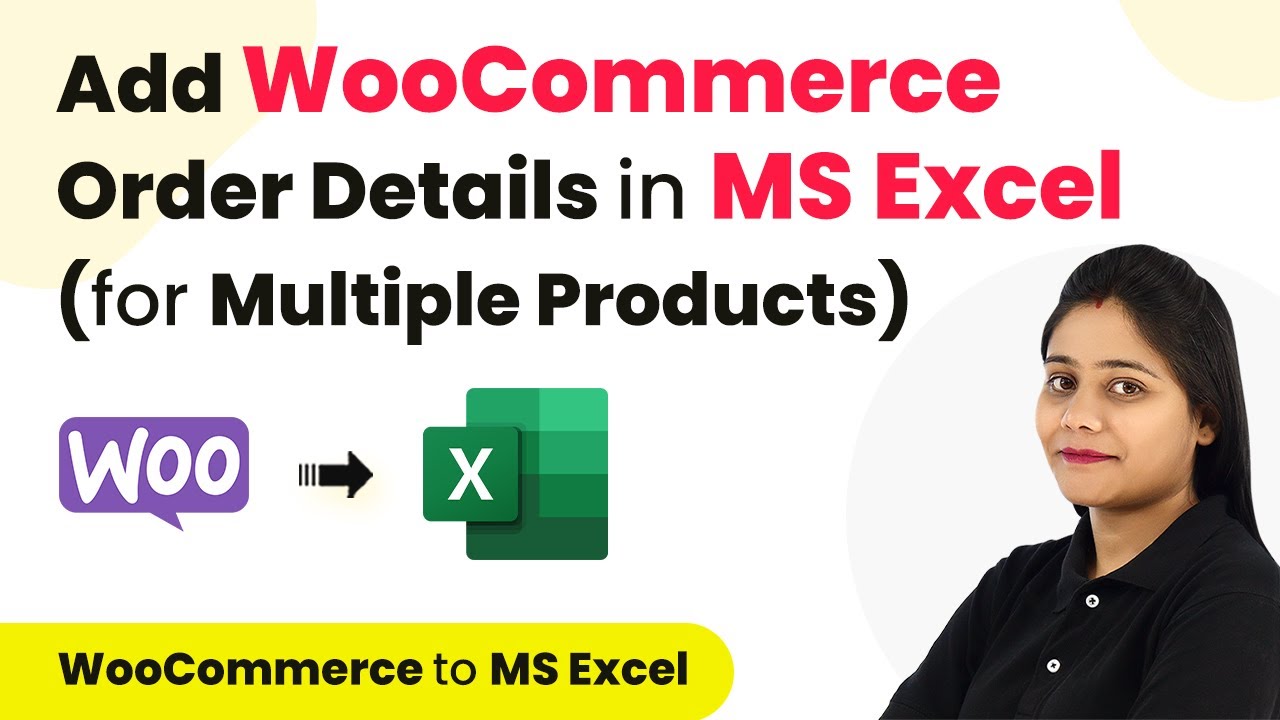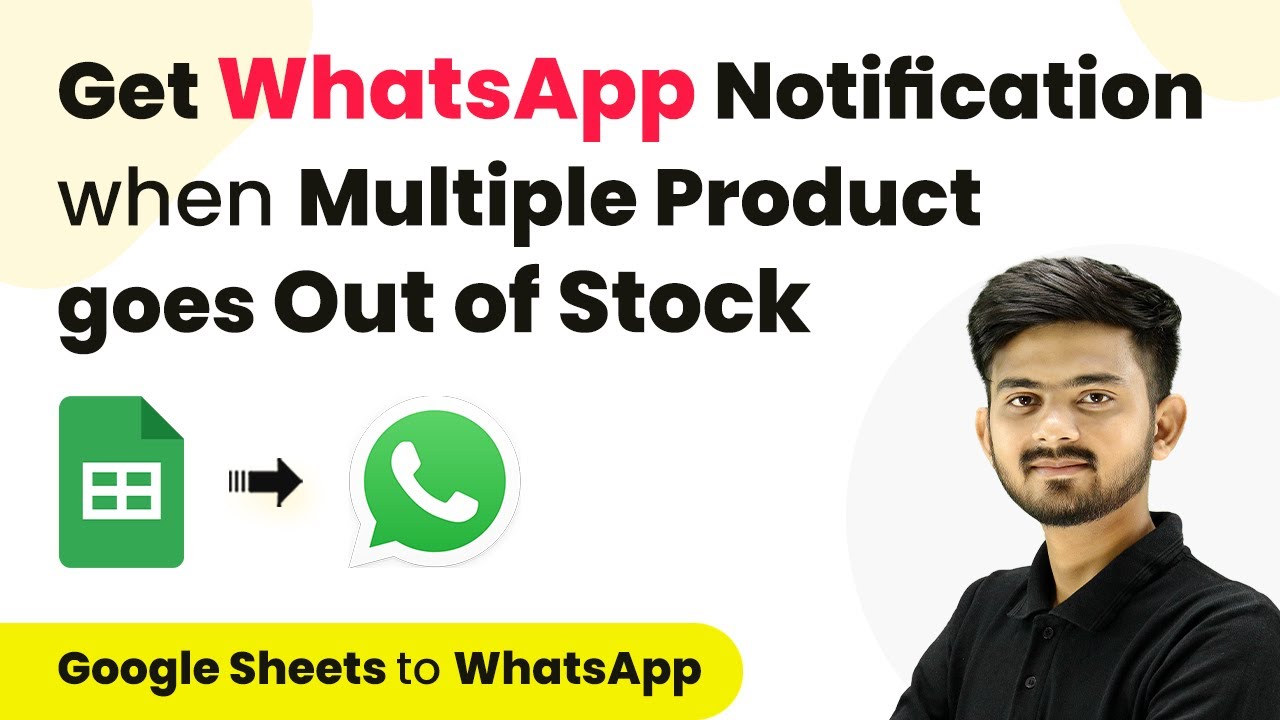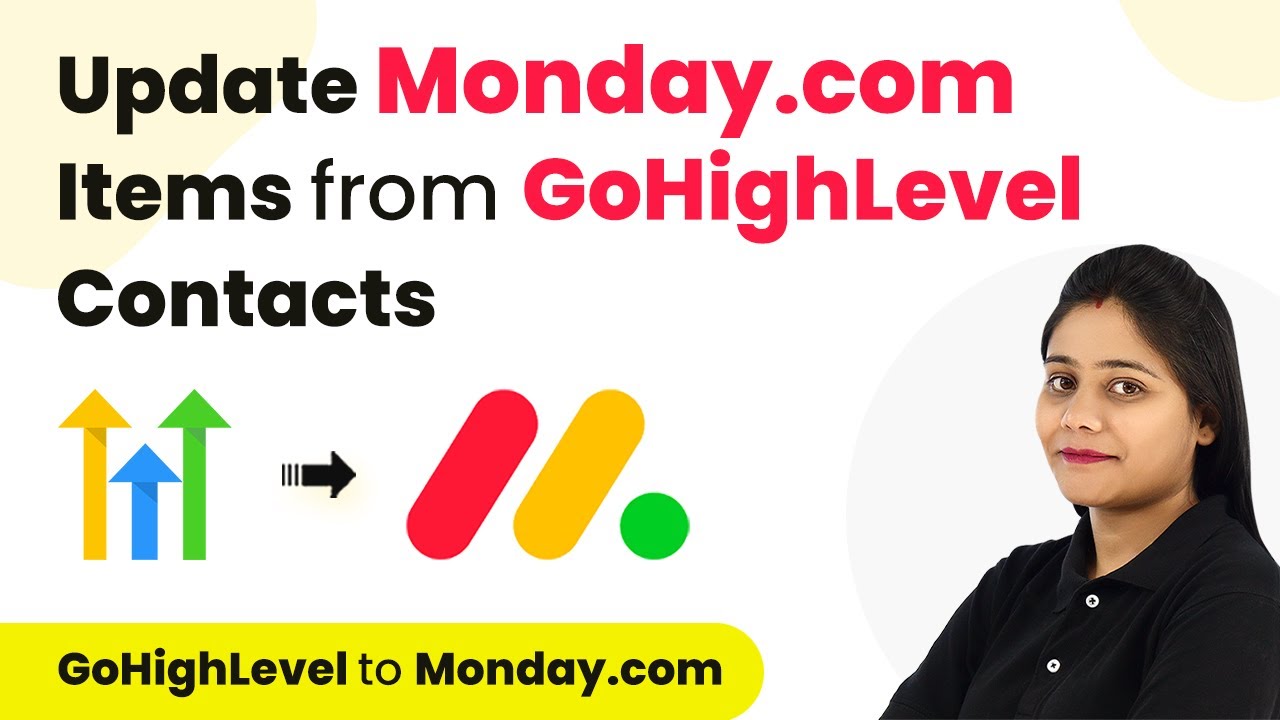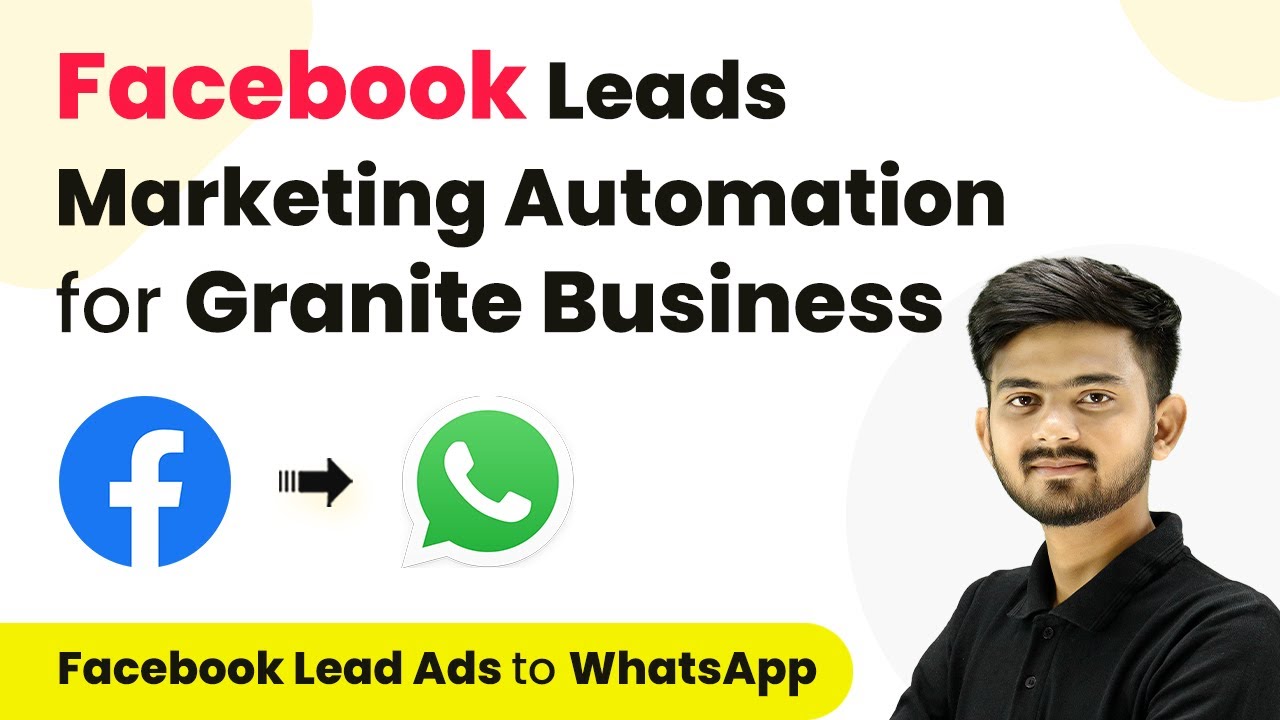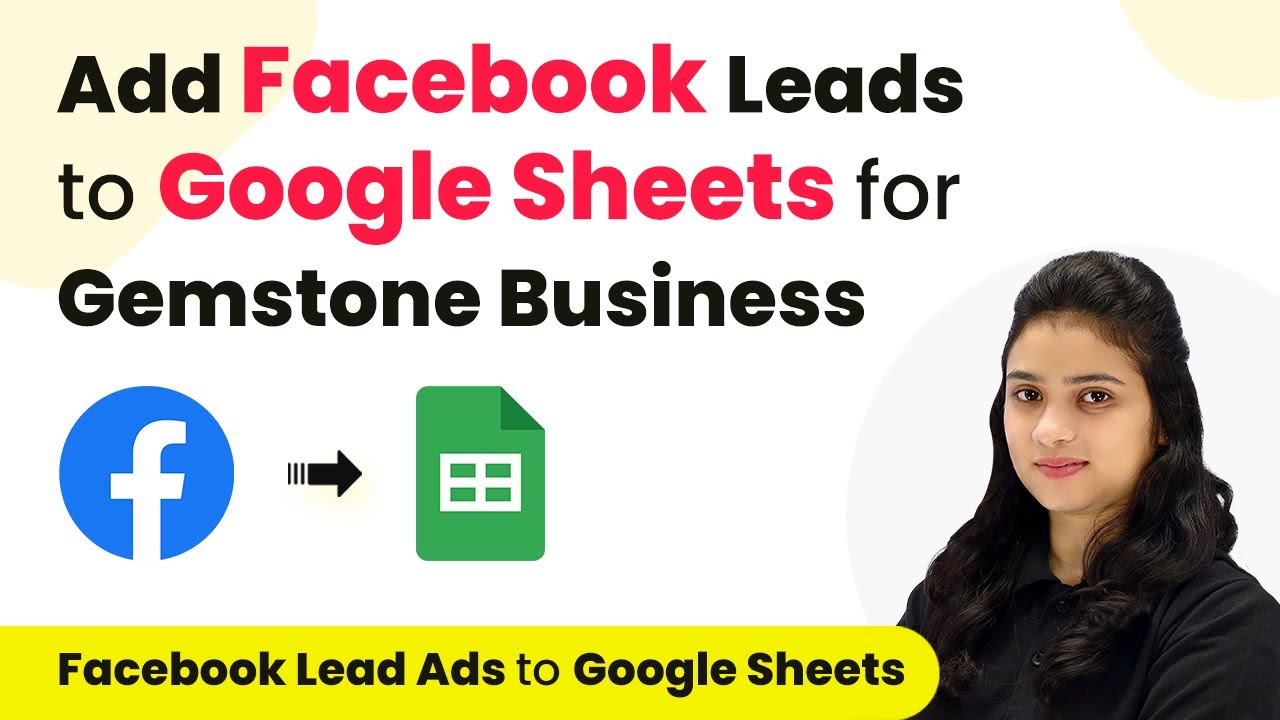Learn how to automate adding Facebook leads to Google Sheets for your modular kitchen business using Pabbly Connect. Step-by-step instructions included! Implement the precise methodologies leading organizations use to automate repetitive tasks, illustrated with practical examples designed for immediate application.
Watch Step By Step Video Tutorial Below
Accessing Pabbly Connect for Facebook Leads Integration
To integrate Facebook leads with Google Sheets for your modular kitchen business, you will first need to access Pabbly Connect. Start by opening your web browser and navigating to the Pabbly Connect website. If you don’t have an account, you can easily sign up for free, which allows you to automate tasks without any cost for the first 100 tasks each month.
Once logged in, you will be directed to the Pabbly Connect dashboard. From here, click on the ‘X Now’ button to access the workflow section. You will see options to create new workflows or manage existing ones, which is essential for automating the process of adding Facebook leads to Google Sheets.
Creating the Workflow in Pabbly Connect
To set up your integration, click on the ‘Create Workflow’ button. This will prompt you to name your workflow, which you can title something like ‘Add Facebook Leads to Google Sheets for Modular Kitchen Business’. After naming your workflow, select the folder where you want to save it.
In the workflow setup, you will encounter two main sections: Trigger and Action. The Trigger is what initiates the workflow, and in this case, you will select ‘Facebook Lead Ads’ as your trigger application. After that, choose ‘New Lead Instant’ as the trigger event.
- Select ‘New Lead Instant’ as the trigger event.
- Connect your Facebook account to Pabbly Connect.
- Choose the Facebook page and lead generation form.
After setting up the trigger, click ‘Save and Send Test Request’ to ensure everything is connected properly. This step is crucial for verifying that Pabbly Connect is receiving data from Facebook Lead Ads successfully.
Mapping Facebook Lead Details to Google Sheets
Once your trigger is set, the next step is to map the lead details to your Google Sheets. For this, you will need to set the Action application to Google Sheets. Choose ‘Add New Row’ as your action event. This allows the details of new leads to be automatically added to your specified Google Sheet.
To connect Google Sheets with Pabbly Connect, click on ‘Connect’ and authorize the connection with your Google account. Once connected, you can select the specific spreadsheet you want to use, which should be named something like ‘Facebook Leads’. Ensure you have columns for full name, email, and phone number in your Google Sheet.
- Select your Google Sheet named ‘Facebook Leads’.
- Map the columns to the corresponding lead details.
- Use the mapping feature to link Facebook lead data to your sheet.
After mapping the necessary fields, click on ‘Save and Send Test Request’ again. This will confirm that the lead details are being correctly added to your Google Sheet through Pabbly Connect.
Testing the Integration with Sample Leads
To ensure that your integration works flawlessly, you should test it by creating a sample lead. Go back to your Facebook page and submit a new lead through your lead generation form. Make sure that the form is live and accessible to the Pabbly.
Once you have submitted the sample lead, return to Pabbly Connect and check if the lead details appear in your Google Sheet. You should see the new row populated with the details you just entered, including the full name, email, and phone number.
Verify that the lead details appear in the Google Sheet. Check for any discrepancies in the data mapping. Make adjustments if necessary to ensure accuracy.
Testing is a critical step to confirm that your integration between Facebook Lead Ads and Google Sheets via Pabbly Connect is functioning as intended.
Conclusion
In this tutorial, we demonstrated how to use Pabbly Connect to automate the process of adding Facebook leads to Google Sheets for your modular kitchen business. By following the steps outlined, you can efficiently manage your leads and enhance your business operations. This integration not only saves time but also helps in maintaining an organized record of potential customers.
Ensure you check out Pabbly Connect to create business automation workflows and reduce manual tasks. Pabbly Connect currently offer integration with 2,000+ applications.
- Check out Pabbly Connect – Automate your business workflows effortlessly!
- Sign Up Free – Start your journey with ease!
- 10,000+ Video Tutorials – Learn step by step!
- Join Pabbly Facebook Group – Connect with 21,000+ like minded people!
